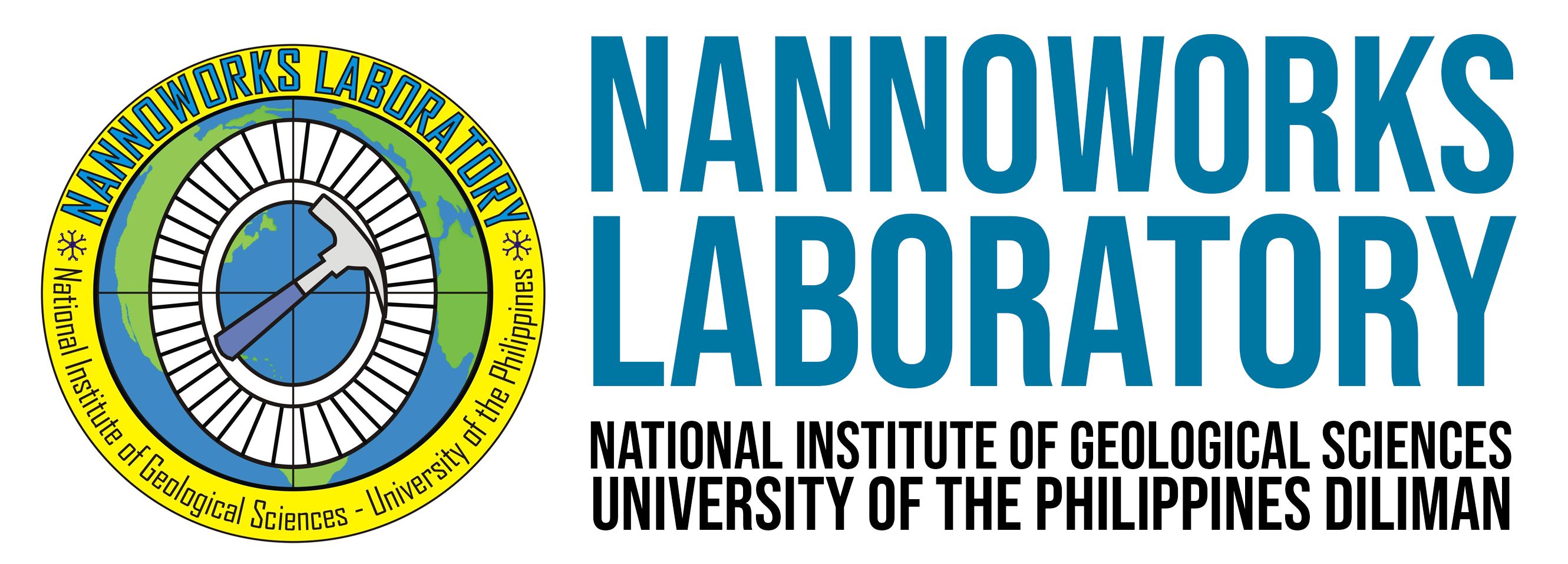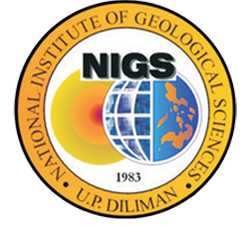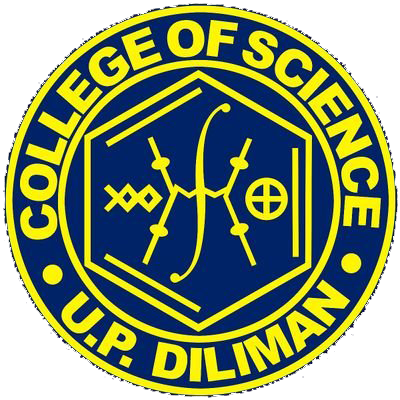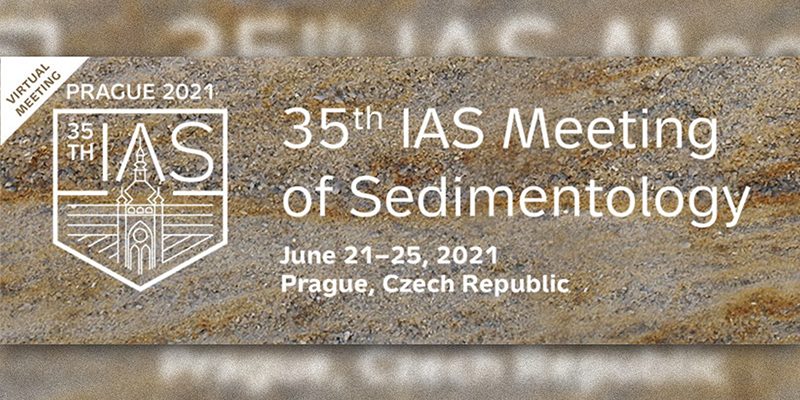The 35th IAS Meeting of Sedimentology was held virtually from June 21-25, 2021 and hosted by the International Association of Sedimentologists at Prague, Czech Republic. The meeting is held to share new and advanced knowledge within sedimentary geology. One of the laboratory’s own, Mr. Kerve Supnet, presented partial results of his Master’s thesis in the conference. Below is the abstract presented in the meeting.
The Nannoworks Laboratory congratulates Mr. Supnet for his participation and successful presentation in the program.
Establishing the depositional environment of the Viga Conglomerate, Catanduanes, Philippines using sedimentological analysis
Kerve Supnet and Allan Gil Fernando
Viga Conglomerate is the youngest formational unit in Catanduanes Island, eastern Philippines. The formation is extensively exposed in the northeastern part of the island, and was presumed to be Pliocene-Pleistocene in age based on stratigraphic position and because of its poorly indurated character. The conglomerates appear channelized in some portions, exhibit a wide range of sedimentary structures, and are often intercalated with mudstones and sandstones. Lack of detailed sedimentological analyses, however, limits the interpretation of its depositional environment. The present study, therefore, aims to determine the depositional setting and provenance of the conglomerate deposits using (1) granulometric, (2) morphometric, and (3) lithologic clast analyses.
Granulometric analysis of sandstones within the formation shows that the samples are composed of coarse sand to very fine sand (0.77 to 3.66 phi), moderately sorted to very poorly sorted (0.78 to 2.11 phi), strongly negative skewed to strongly positive skewed (-0.89 to 0.33 phi). Using various bivariate plots such as (a) skewness vs sorting (Friedman, 1961; Moiola and Weiser, 1968), and (b) mean vs sorting (Friedman, 1961; Moiola and Weiser, 1968; Tanner, 1991), the sandstone samples were interpreted to have been deposited in a fluvial setting. The result of the granulometric analysis is supported by morphometric analysis data. Morphometric parameters such as flatness ratio, elongation ratio, maximum projection sphericity and oblate-prolate index have mean values of 0.51, 0.72, 0.71 and 0.35, respectively. In the study of Luttig (1962), Sneed and Folk (1958), and Dobkins and Folk (1970) these parameters indicate a fluvial setting. Morphometric analysis of gravels indicates the dominance of bladed, compact-bladed, elongate, and compact elongate forms (Sneed and Folk, 1958; Zingg, 1935). Along with various discrimination diagrams (Dobkins and Folk, 1970; Stratten, 1974), these gravel morphologies also suggest the same depositional setting.
Clast analysis of the conglomerates suggests differences in the composition of clasts which might be useful in the elucidating the unroofing history of the island. Sandstone, mudstone and andesite/diorite clasts dominate the conglomerates with mean values of 70.46%, 17.27%, and 10.32%, respectively. These clasts are possibly derived from the Cretaceous Yop Formation, Early Eocene- Early Miocene Payo Formation, and Early Oligocene Batalay Diorite. Paleontological analysis of limestone clasts from the conglomerate reveal two ages/sources of limestones: Late Cretaceous (based on Globotruncana) and Middle to Late Eocene (based on Nummulites, Assilina, Discocyclina, and Pellatispira). The mudstones from Viga Conglomerate, however, are barren of microfossils and therefore were not dated in the present study.





